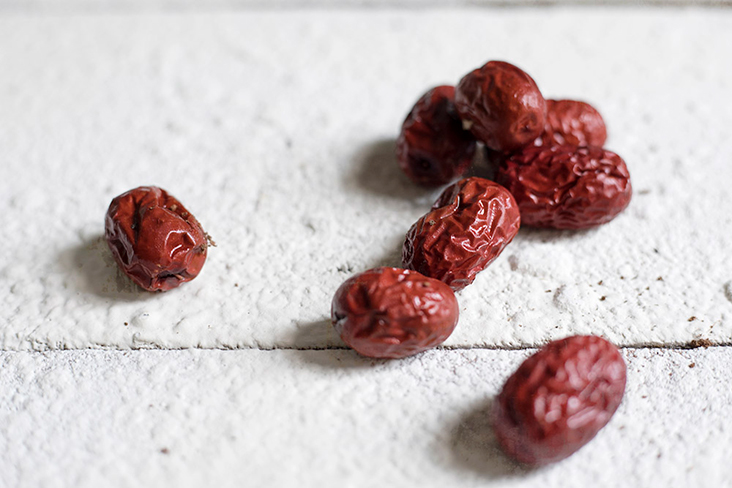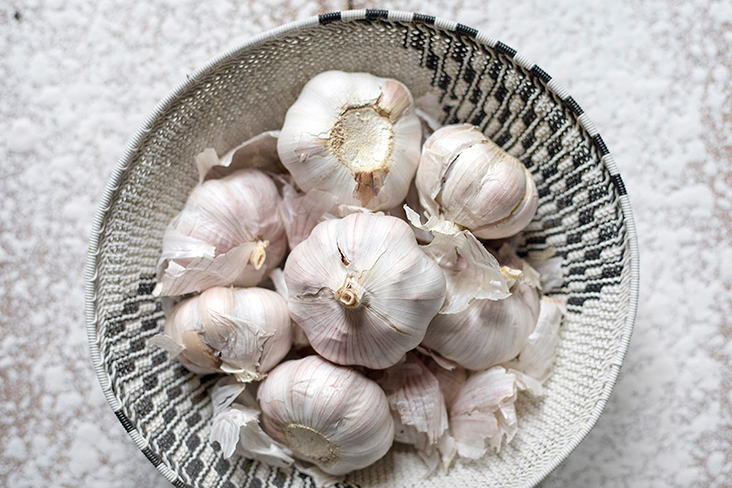KUALA LUMPUR, Aug 23 — It’s that time of year again. Our weather can be so unpredictable. Some weeks stretch into a scorching heatwave; others are inundated with rain.
On weekends when we are blessed with a cooling afternoon shower, we long for something comforting. Nothing too heavy as we anticipate more summery days to come but something that’s simultaneously steamy and soothing.
A bowl of chicken soup sounds right but not just any bowl would do.
When I was younger, on days like these, my mother would know just what to make for our family. A simple chicken broth, made from a well-cleaned carcass or two, but heightened with the subtle brininess of zha choy.

This quintessential Chinese fermented staple is also known as Sichuan vegetable in English, thanks to its place of origin, or zhà cài in Mandarin. It’s basically preserved mustard stems, not to be confused with suān cài, which is made from compressed and pickled mustard or cabbage greens.
It’s not difficult to tell the difference: the former has a knobbly, almost hideous shape while the latter makes use of the leaves as well, omitting the unsightly tuber. Well, unsightly to some. I’m a huge fan of zha choy.
There are various ways of serving it, of course. Soup, of course, though the classic Sichuan vegetable soup employs pork spare ribs rather than chicken.

Sliced into coarse strips and sautéed with minced pork and black fungus, and you have a moreish, crunchy dish. Served diced up to go with plain rice congee as a condiment, this pickle will have you thrilled to go back to basics.
Now that I have set down roots in KL (for far longer than I can remember), I want to return to my roots after a fashion. I want to make a bowl of this soup too, the way my mother would make it, beginning with a chicken carcass for sweetness, but slightly adapted to up the aromatics.
For I’ve always fancied the redoubtable French onion soup but to spend so much time toiling over the stove to caramelise the onions isn’t how I want to spend my precious weekends. So perhaps this is more of a Chinese onion soup but with red onions rather than white ones, which remind me too much of ABC soup.
Some hong zhou (red dates) for a hit of sweetness, ginger for brightness and subtle heat, garlic for that savouriness. Again, a foundation of chicken because who doesn’t like a bowl of chicken soup?

These are humble, earthy ingredients to fortify ourselves during these trying times. Let this be about roots, where we came from and where we now find ourselves.
This will be a recipe I hand down to my loved ones, to my family and friends, to share to savour, and now to you, dear readers.
SICHUAN VEGETABLE SOUP
Washing is a must. Not just our hands, which we ought to do frequently (it goes without saying but so many of us still go without washing, so maybe not) but the zha choy too.
Prepared properly, the Sichuan vegetable is a delight of myriad flavours: salty, spicy and a deep sourness. Without sufficient soaking and rinsing, however, it’s just an awful lot of saltiness. You want most of the salt it’s preserved with removed so you can add other layers of savouriness later during the cooking process (e.g. oyster sauce).

I could have easily called this Chinese onion soup, given it incorporates my favourite part of ABC soup, that comfort food classic soup — the onions. And not just any onions, but almost-melting-into-the broth onions, so translucent and barely there the individual slices of onions are part of the wholesome liquid.
The key difference, as I have alluded to before, is using red onions rather than white onions. Red is sweeter, its flavour deeper, I find. And instead of slicing into large chunks the way we would with an ABC soup, we want to cut these into finer strips, the way we would for a French onion soup.
Let the onions and the broth be one.
Ingredients
1 chicken carcass, cleaned
2 red onions, thinly sliced
6 cloves garlic, crushed
1 medium piece of ginger, crushed
4 hong zhou (red dates), soaked and drained
1 litre water
2 whole zha choy (Sichuan vegetable)
1 tablespoon oyster sauce
1 teaspoon Shaoxing rice wine
Ground white pepper to taste
Method
Place a cleaned chicken carcass, red onions, garlic, ginger and red dates into a large pot. Add the water and bring to a boil over high heat.
Once the water comes to a boil, lower the heat and simmer for another half an hour. While the pot is simmering, wash the zha choy and slice into thick wedges. Soak the sliced zha choy in a bowl of water for about 10-20 minutes before draining.

After adding the drained zha choy slices to the pot, bring it to a boil again. Once it has come to a boil, lower the heat once more and simmer the soup for another 1-2 hours until the red onions have become very soft and almost dissolved into the broth.
Season with oyster sauce and Shaoxing rice wine. Check and adjust the seasoning, if necessary. Just before serving, add some ground white pepper to taste if desired. Serve hot in bowls.
For more Weekend Kitchen stories and recipes, visit https://lifeforbeginners.com/weekend-kitchen/.






















